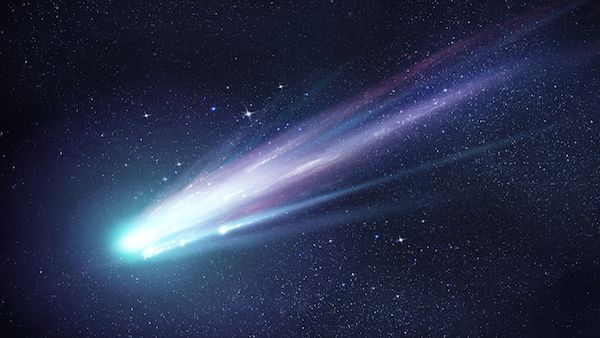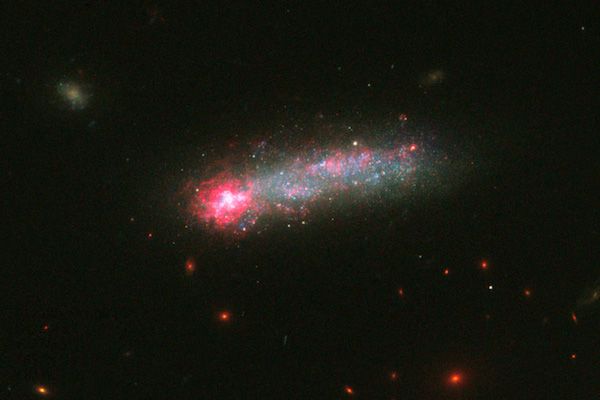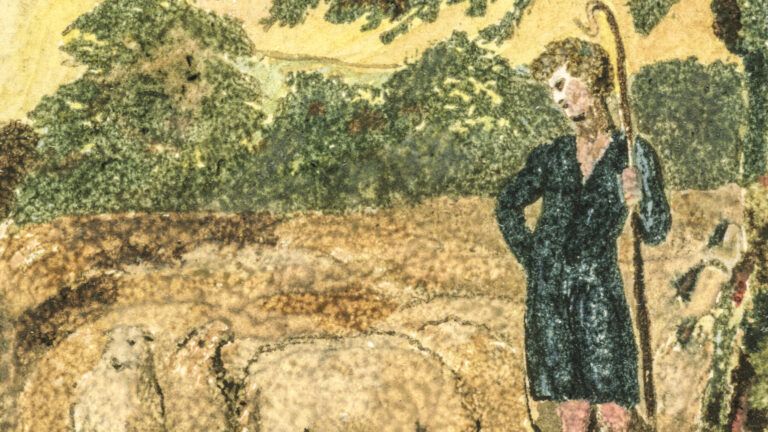The Hubble Space Telescope has provided stunning images of the far universe for more than 26 years, and there’s seemingly no end to the incredible wonders it will uncover. This week, NASA published this discovery of a rare dwarf galaxy they call a “July 4th skyrocket.”
It does resemble a firework soaring into the heavens–except the explosions within are many billions of times more powerful, creating new stars as the galaxy travels through space.
Researchers are unsure exactly why the galaxy–officially named KISO 5639–is producing so many stars in a place described as “an isolated desert in the universe,” devoid of star-building gases. It’s thought that less than a million years ago, this skyrocket galaxy crossed paths with a passing clump of gas (no jokes, please), which sparked the explosive process that formed the bright and colorful sight we see today.
This rare discovery is a good reminder that as majestic as the fireworks are that we set off each Independence Day, the miracles we witness on Earth are just one tiny part of what we’re meant to experience. The deeper we look into the heavens above, the more we become aware that there may be other worlds like ours, hidden gifts awaiting our eyes, and more lessons to learn about humility and fellowship.
Our country is only 240 years old–in the grand scheme of things, a cosmic blip. Whatever problems we face as a country, whatever disagreements we may have with each other, they are tiny compared to the vastness of space. There’s much, much more out there for us, and we won’t find it unless we put things in perspective.
We’re called to do more than just live and die on this rock called Earth. Perhaps we can become skyrockets ourselves, streaking through the lifeless deserts of the universe and creating new and beautiful worlds.
Gosh, maybe Katy Perry was on to something. “Baby, you’re a firework…”
Think about that at your 4th of July BBQ.
How have the skies above inspired you? Have you encountered a life-changing moment on the Fourth of July? Share your stories with us.






